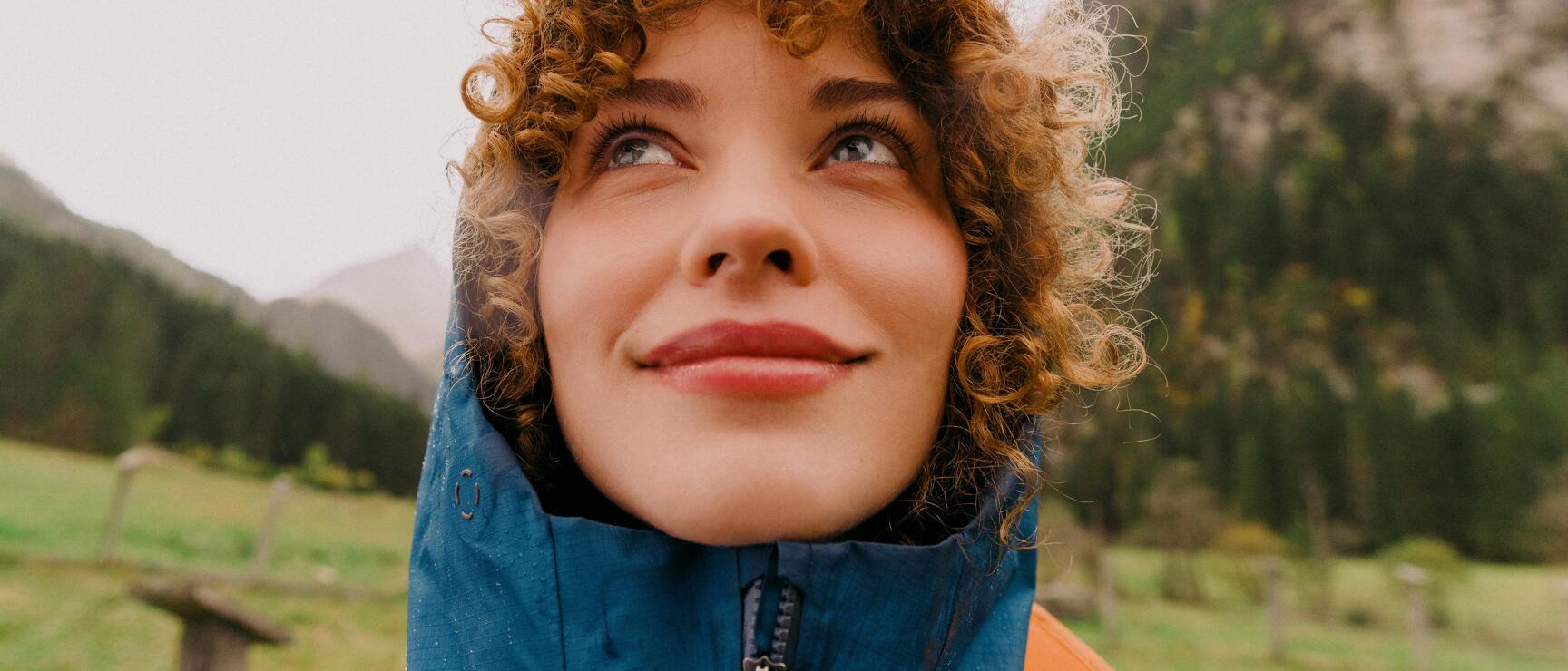
Hiking in Austria
Discover Austria's varied landscapes on foot - in every season
Hiking in Austria offers an impressive variety of natural experiences. Well-maintained trails lead through stunning landscapes, from majestic Alps and rolling hills to crystal-clear mountain lakes.
Along the way, rustic mountain huts offer the perfect spot to recharge. Warm and welcoming hosts greet guests with regional specialties in a cosy atmosphere. A stop at these huts, with homemade dishes and breathtaking views, turns the hike into not only a scenic but also a culinary highlight.
Active in Spring, Summer and Autumn
Active in Winter
Hiking regions in Austria
The Best Companions
Hiking Maps
Choose the perfect hiking guide, the right hiking map, and the ideal book for your next adventure in Austria from freytag & berndt!
Nature Getaways from Everyday Life
Hiking Hotels
Simply get out there! Enjoy the fresh mountain air in the most beautiful spots of the Alps, combined with excellent service and comfort. A holiday in the Austrian mountains guarantees unforgettable experiences, and the hiking hotels provide the perfect base camp for your hiking adventure.
Sustainable villages with tradition
Mountaineering villages in Austria
Mountaineering villages stand for sustainable Alpine tourism that combines tradition and environmental awareness. They offer tailored services for climbers and are known for their exceptional natural and landscape quality. At the heart of the concept are mountaineering and mindful behaviour – focused on physical effort, mastering Alpine challenges, skill, risk management, the enjoyment of mountain beauty, and slowing down.
Technical infrastructure is kept to a minimum on purpose. Small, locally rooted accommodations and the preservation of mountain huts are central to the approach.